Stargardt disease is a rare hereditary eye disease caused by fatty deposits on the macula.
Stargardts disease is a visual loss condition that affects children and young adults. It is an inherited illness, which means that it is handed down from parents to children.
Stargardts disease is also known as juvenile macular dystrophy. Photoreceptors, which are specific light-sensing cells in the macula, die out in persons with Stargardts illness. The central or detailed vision blurs or has dark regions. Color vision may also be compromised.
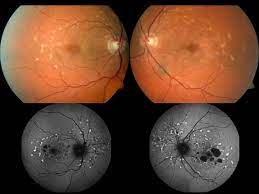

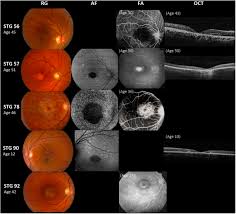
Your doctor may order the following tests to diagnose Stargardt illness or to monitor your symptoms:
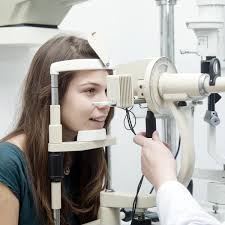
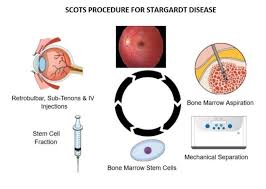

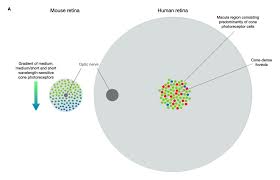
eSight eye wear, a breakthrough low vision device, delivers tailored electronic spectacles for individuals with Stargardt’s illness, even if they are legally blind!
eSight combines a camera, display technology, and powerful computation to provide real-time video that allows persons with vision loss to see.
Users have total control over the picture they view, which means they may enhance, enlarge, and modify the image to ensure their eyes can best understand their surroundings. eSight does more than simply improve vision; it provides individuals the ability to utilize their vision anyway they see fit.
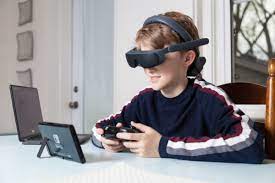
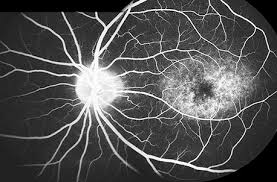
In the absence of a cure for Stargardts disease, physicians often propose three measures to assist patients decrease the potential damage caused by the condition:
Our Low Vision Aids (LVA) eye doctor can assist you in coping with the symptoms of vision loss. Stargardt disease is a hereditary eye condition that causes vision loss in infants and adolescents. It affects over 30,000 persons in the United States.
As part of a dilated eye exam, your eye doctor will look for Stargardt illness. The exam is easy and painless: your doctor will dilate (widen) your pupils with eye medications and then look for evidence of Stargardt disease, such as yellowish flecks in your macula.
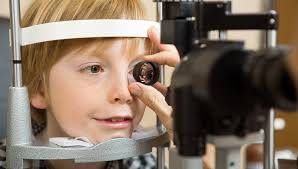

Stargardts disease does not affect everyone. Vision loss linked with the illness normally starts in infancy, although in certain cases, vision impairments may begin in adulthood. According to Orphanet, the gateway for rare illnesses, Stargardt disease affects roughly one in every 8,000 to 10,000 births.
Stargardt disease is an inherited disorder, which means it is handed down from generation to generation. Approximately 95% of Stargardt disease cases occur when both parents have the gene mutation.
Visit a low vision specialist to learn more about low vision aids and choose the proper ones. Find one in your region.